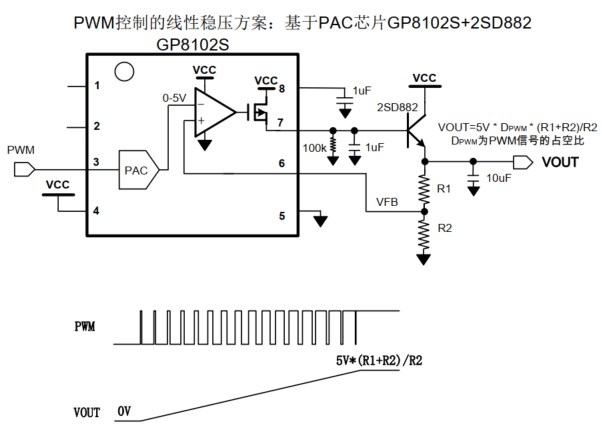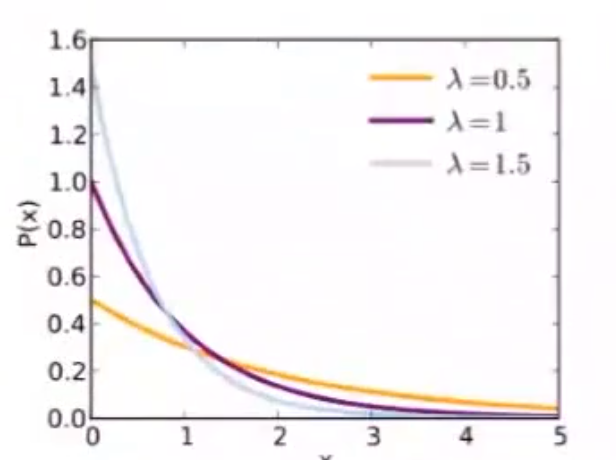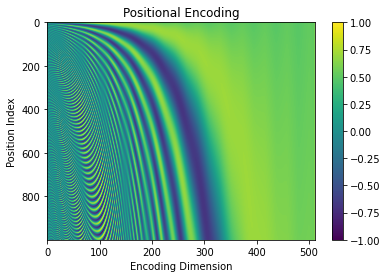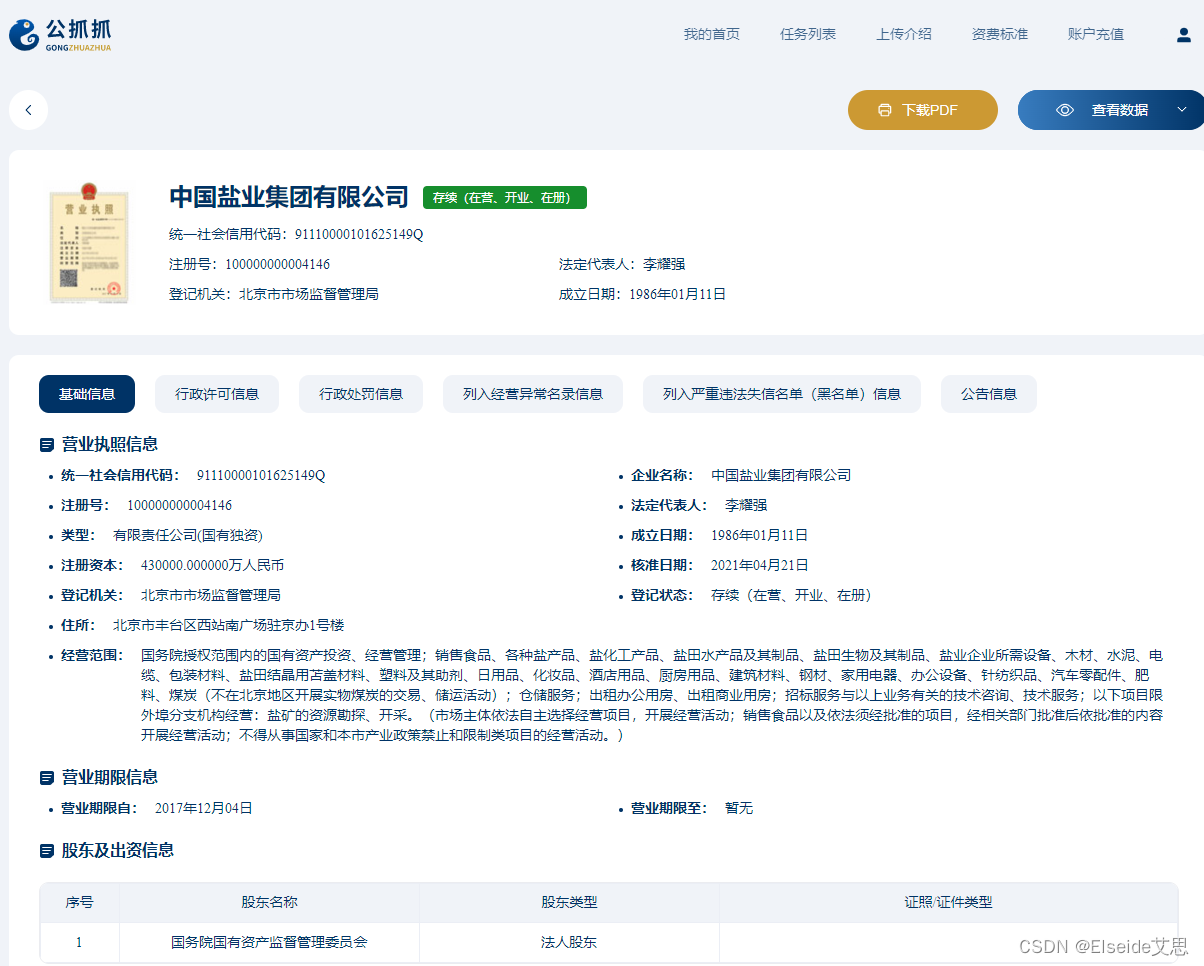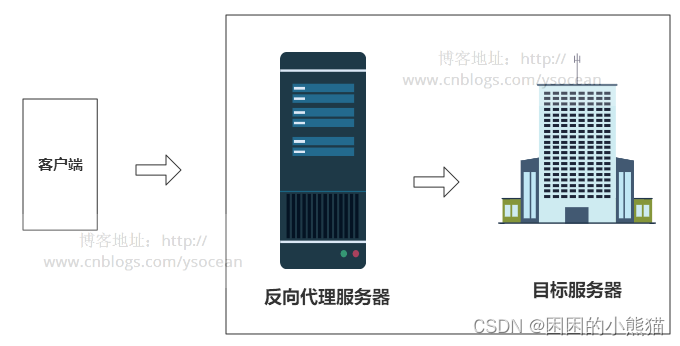前言:
结合手写数字识别的例子,实现以下AutoEncoder
ae.py: 实现autoEncoder 网络
main.py: 加载手写数字数据集,以及训练,验证,测试网络。
左图:原图像
右图:重构图像
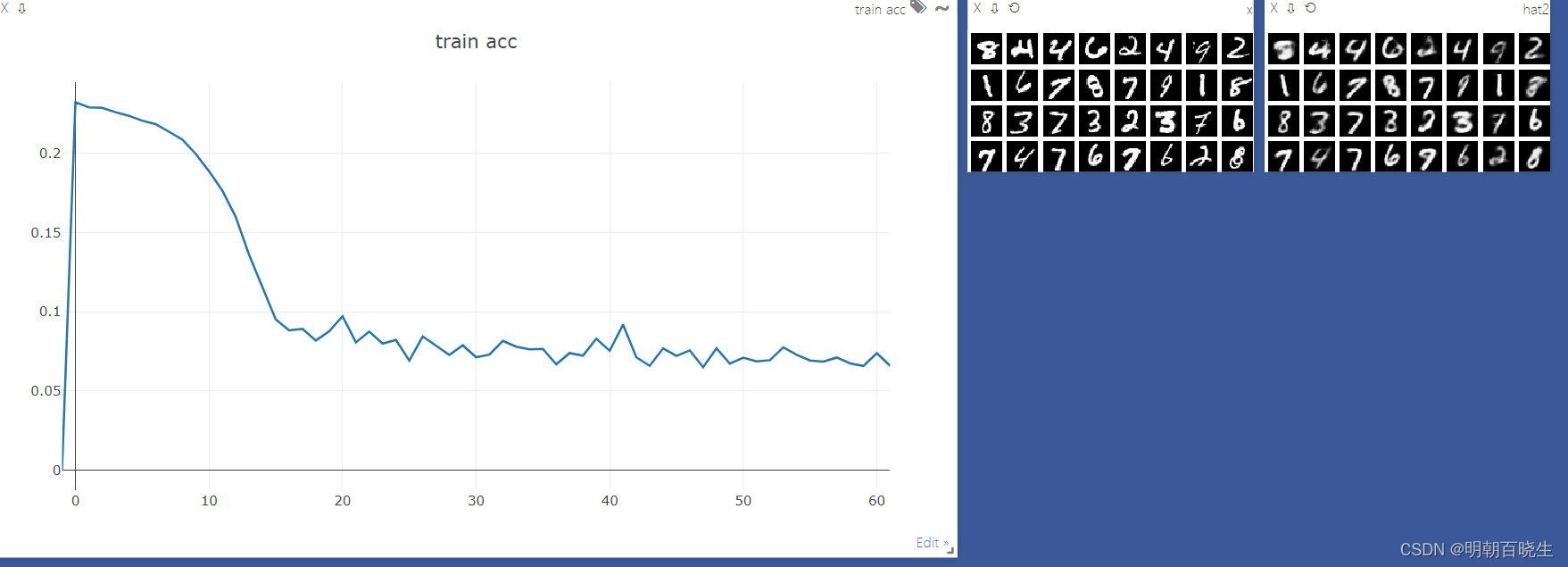
----main-----
每轮训练时间 : 91
0 loss: 0.02758789248764515每轮训练时间 : 95
1 loss: 0.024654878303408623每轮训练时间 : 149
2 loss: 0.018874473869800568
目录:
1: AE 实现
2: main 实现
一 ae(AutoEncoder) 实现

文件名: ae.py
模型的搭建
注意点:
手写数字数据集 提供了 标签y,但是AutoEncoder 网络不需要,
它的标签就是输入的x, 需要重构本身
自编码器(autoencoder, AE)是一类在半监督学习和非监督学习中使用的人工神经网络(Artificial Neural Networks, ANNs),其功能是通过将输入信息作为学习目标,对输入信息进行表征学习(representation learning) [1-2] 。
自编码器包含编码器(encoder)和解码器(decoder)两部分 [2] 。按学习范式,自编码器可以被分为收缩自编码器(contractive autoencoder)、正则自编码器(regularized autoencoder)和变分自编码器(Variational AutoEncoder, VAE),其中前两者是判别模型、后者是生成模型 [2] 。按构筑类型,自编码器可以是前馈结构或递归结构的神经网络。
自编码器具有一般意义上表征学习算法的功能,被应用于降维(dimensionality reduction)和异常值检测(anomaly detection) [2] 。包含卷积层构筑的自编码器可被应用于计算机视觉问题,包括图像降噪(image denoising) [3] 、神经风格迁移(neural style transfer)等 [4] 。
# -*- coding: utf-8 -*-
"""
Created on Wed Aug 30 14:19:19 2023
@author: chengxf2
"""
import torch
from torch import nn
#ae: AutoEncoder
class AE(nn.Module):
def __init__(self,hidden_size=10):
super(AE, self).__init__()
self.encoder = nn.Sequential(
nn.Linear(in_features=784, out_features=256),
nn.ReLU(),
nn.Linear(in_features=256, out_features=128),
nn.ReLU(),
nn.Linear(in_features=128, out_features=64),
nn.ReLU(),
nn.Linear(in_features=64, out_features=hidden_size),
nn.ReLU()
)
# hidden [batch_size, 10]
self.decoder = nn.Sequential(
nn.Linear(in_features=hidden_size, out_features=64),
nn.ReLU(),
nn.Linear(in_features=64, out_features=128),
nn.ReLU(),
nn.Linear(in_features=128, out_features=256),
nn.ReLU(),
nn.Linear(in_features=256, out_features=784),
nn.Sigmoid()
)
def forward(self, x):
'''
param x:[batch, 1,28,28]
return
'''
m= x.size(0)
x = x.view(m, 784)
hidden= self.encoder(x)
x = self.decoder(hidden)
#reshape
x = x.view(m,1,28,28)
return x
二 main 实现
文件名: main.py
作用:
加载数据集
训练模型
测试模型泛化能力
# -*- coding: utf-8 -*-
"""
Created on Wed Aug 30 14:24:10 2023
@author: chengxf2
"""
import torch
from torch.utils.data import DataLoader
from torchvision import transforms, datasets
import time
from torch import optim,nn
from ae import AE
import visdom
def main():
batchNum = 32
lr = 1e-3
epochs = 20
device = torch.device("cuda:0" if torch.cuda.is_available() else "cpu")
torch.manual_seed(1234)
viz = visdom.Visdom()
viz.line([0],[-1],win='train_loss',opts =dict(title='train acc'))
tf= transforms.Compose([ transforms.ToTensor()])
mnist_train = datasets.MNIST('mnist',True,transform= tf,download=True)
train_data = DataLoader(mnist_train, batch_size=batchNum, shuffle=True)
mnist_test = datasets.MNIST('mnist',False,transform= tf,download=True)
test_data = DataLoader(mnist_test, batch_size=batchNum, shuffle=True)
global_step =0
model =AE().to(device)
criteon = nn.MSELoss().to(device) #损失函数
optimizer = optim.Adam(model.parameters(),lr=lr) #梯度更新规则
print("\n ----main-----")
for epoch in range(epochs):
start = time.perf_counter()
for step ,(x,y) in enumerate(train_data):
#[b,1,28,28]
x = x.to(device)
x_hat = model(x)
loss = criteon(x_hat, x)
#backprop
optimizer.zero_grad()
loss.backward()
optimizer.step()
viz.line(Y=[loss.item()],X=[global_step],win='train_loss',update='append')
global_step +=1
end = time.perf_counter()
interval = end - start
print("\n 每轮训练时间 :",int(interval))
print(epoch, 'loss:',loss.item())
x,target = iter(test_data).next()
x = x.to(device)
with torch.no_grad():
x_hat = model(x)
tip = 'hat'+str(epoch)
viz.images(x,nrow=8, win='x',opts=dict(title='x'))
viz.images(x_hat,nrow=8, win='x_hat',opts=dict(title=tip))
if __name__ == '__main__':
main()
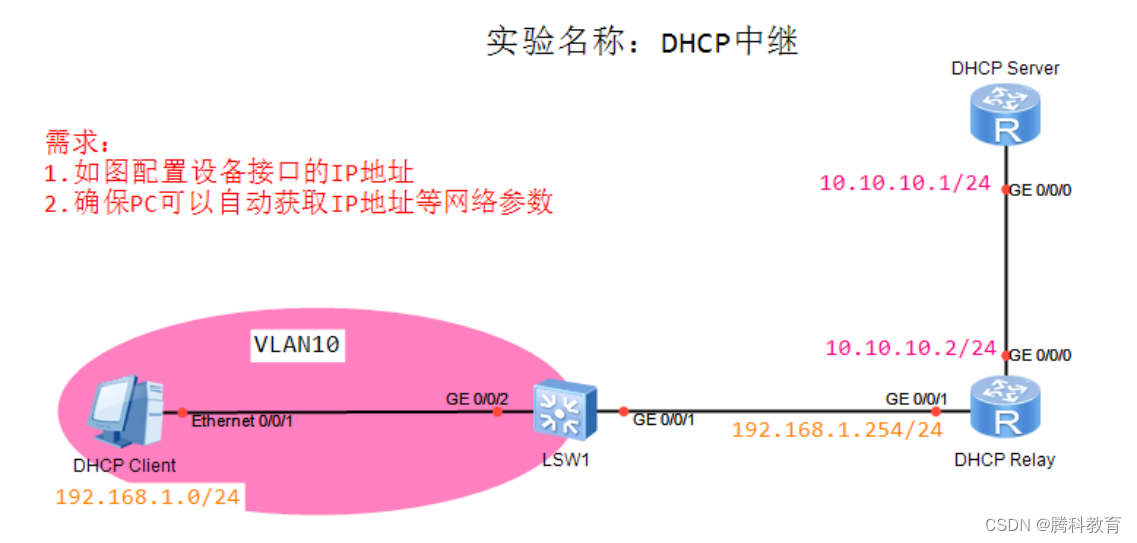
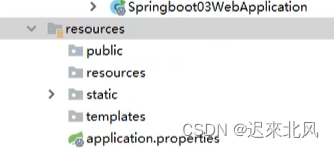

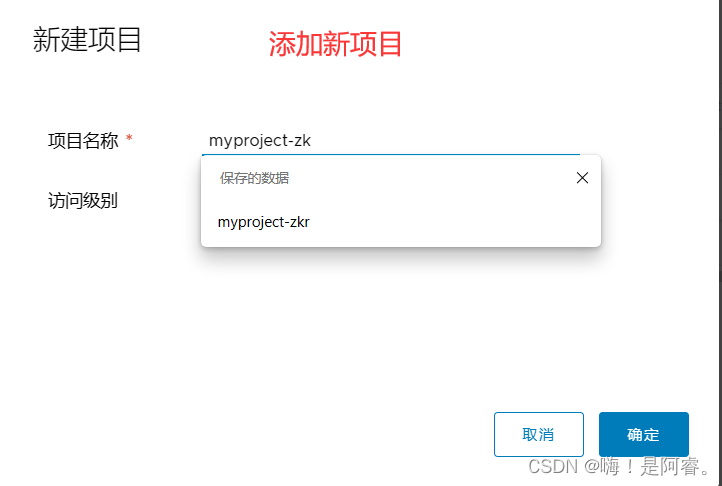
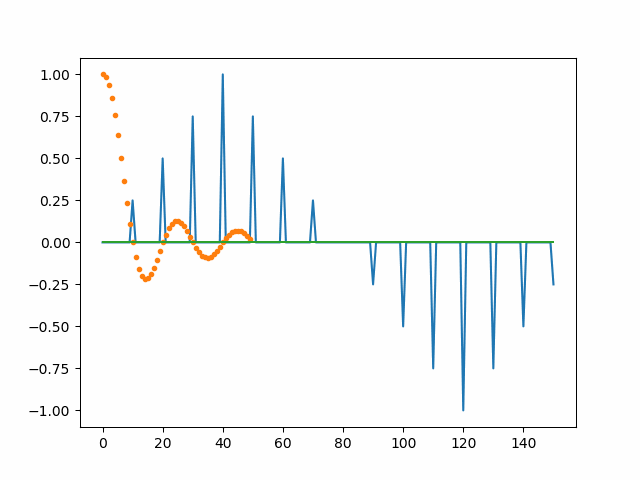
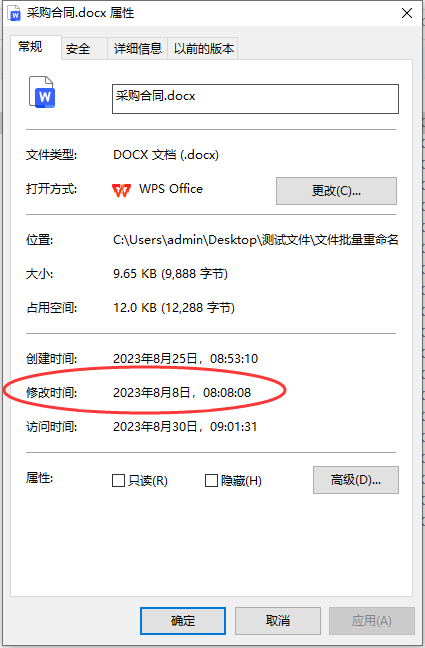
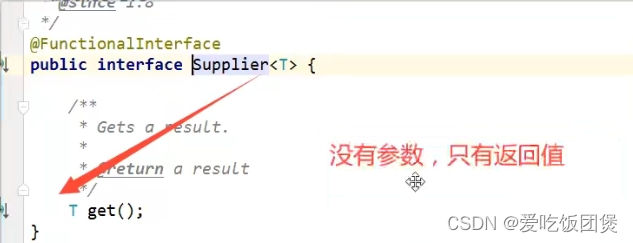
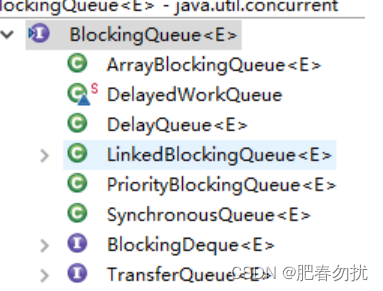


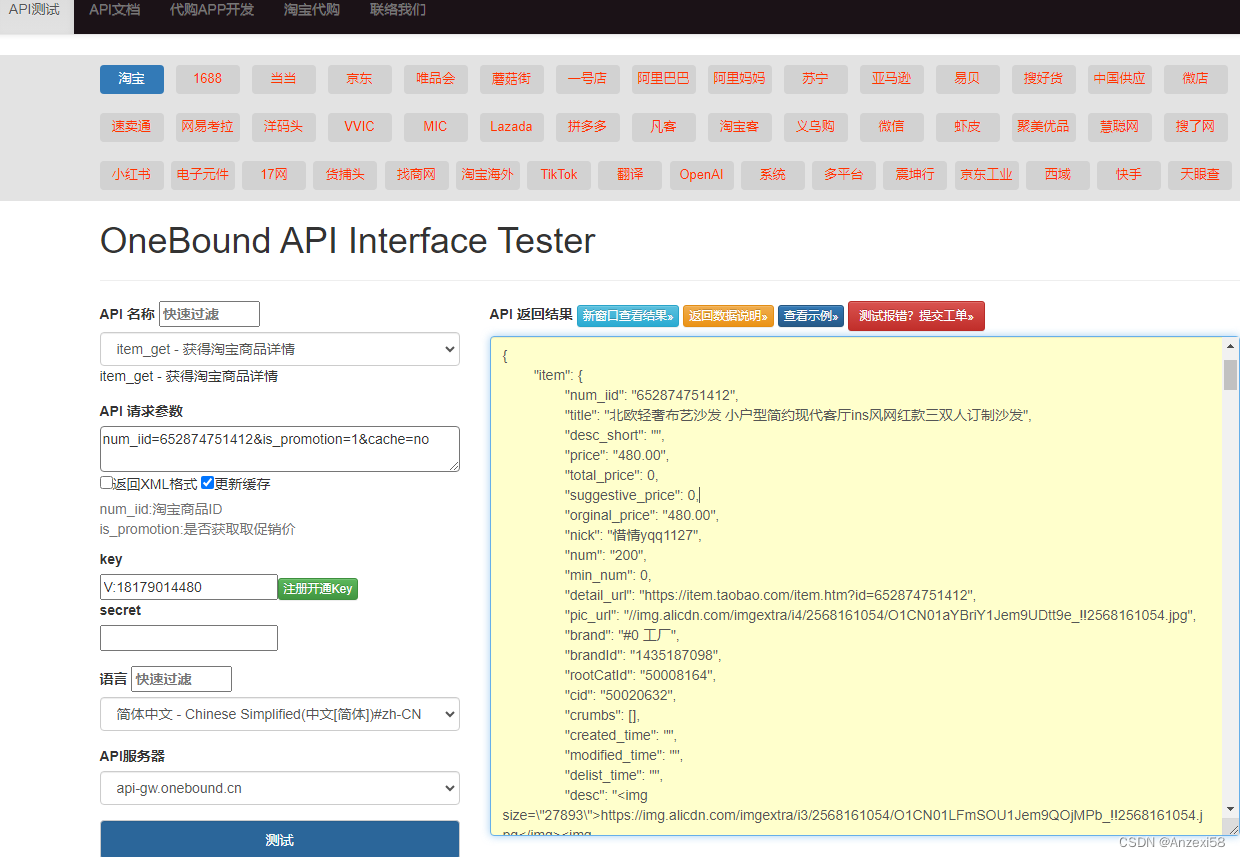
![RK3588平台驱动调试篇 [ GPIO篇 ] - RK3588-对GPIO的操作控制](https://img-blog.csdnimg.cn/aa13f0fcd9814ca3adcc2c47a985780f.png)


